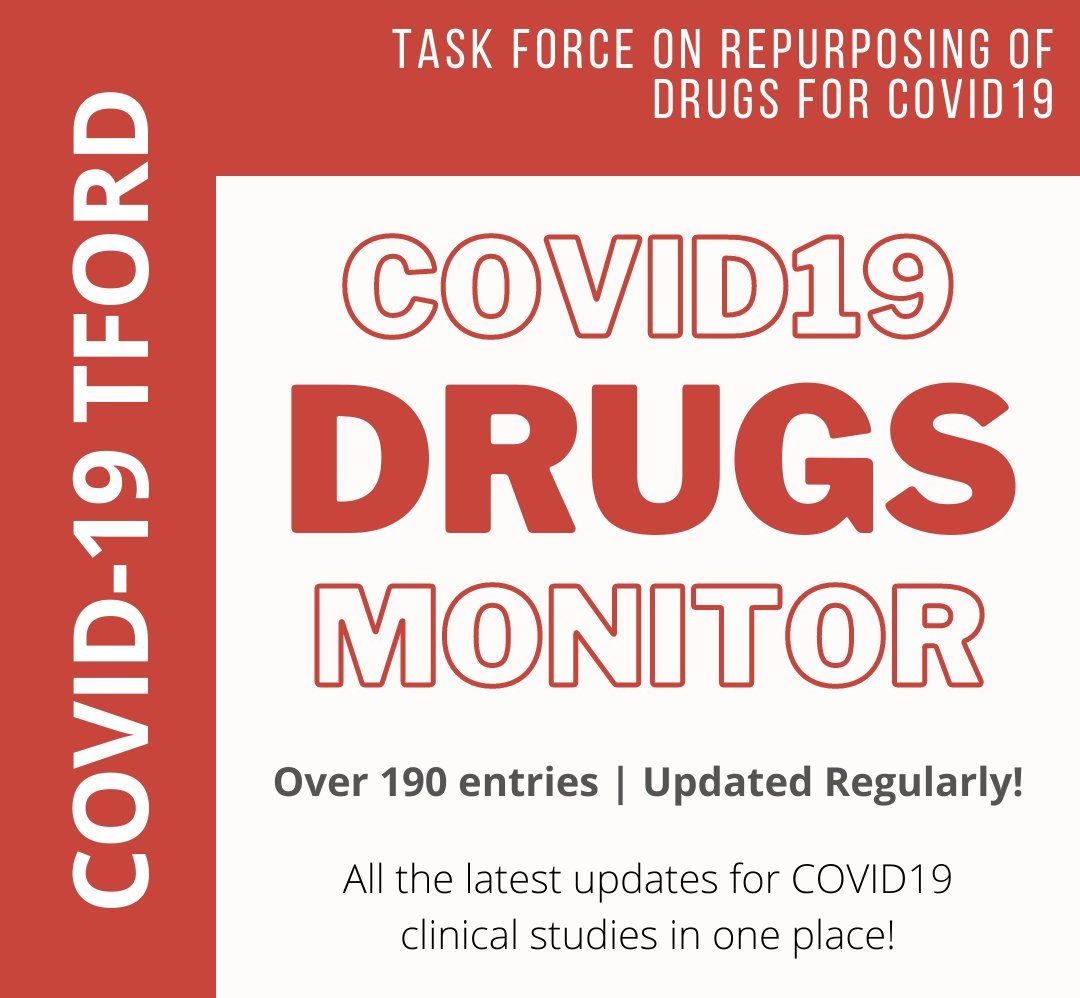(22 June 2020) Tocilizumab- improved oxygenation and inflammatory biomarkers
Tocilizumab treatment for Cytokine Release Syndrome in hospitalized COVID-19 patients: survival and clinical outcomes
https://doi.org/10.1016/j.chest.2020.06.006
Among 239 patients, median age was 64 years; 36% and 19% were Black and Hispanic, respectively. Hospital census increased exponentially, yet MV census did not. Severe disease was associated with lower survival (78% vs 93%; p<0.001), greater proportion requiring MV (44% vs 5%; p<0.001) and longer median MV days (5.5 vs 1.0; p=0.003). Tocilizumab-treated patients (N=153, 64%) involved 90% of severe patients; 44% of non-severe patients received it for evolving CRS. Tocilizumab-treated patients with severe disease had higher admission hsCRP levels (120 vs 71mg/L; p<0.001), received tocilizumab sooner (2 vs 3 days; p<0.001), but survival was similar to non-severe patients (83% vs 91%; p=0.11). For tocilizumab-treated patients requiring MV, survival was 75% (95%CI=64%-89%). After tocilizumab, few adverse events occurred, oxygenation and inflammatory biomarkers (e.g., hsCRP, IL-6) improved; however, D-dimer and sIL2R levels increased significantly. Survival in Blacks and Hispanics, after controlling for age, was significantly higher than in whites (log-rank p=0.002). In tocilizumab-treated patients, oxygenation and inflammatory biomarkers improve with higher than expected survival.
